9 Wild Spice Plants To Try: Flavor-Packed Foraging To Spice Up Your Life
If growing spices feels like a hit and miss affair, why not forage for spices growing in the wild? Here are 9 wild spice plants to add a dash of heat to your culinary exploits
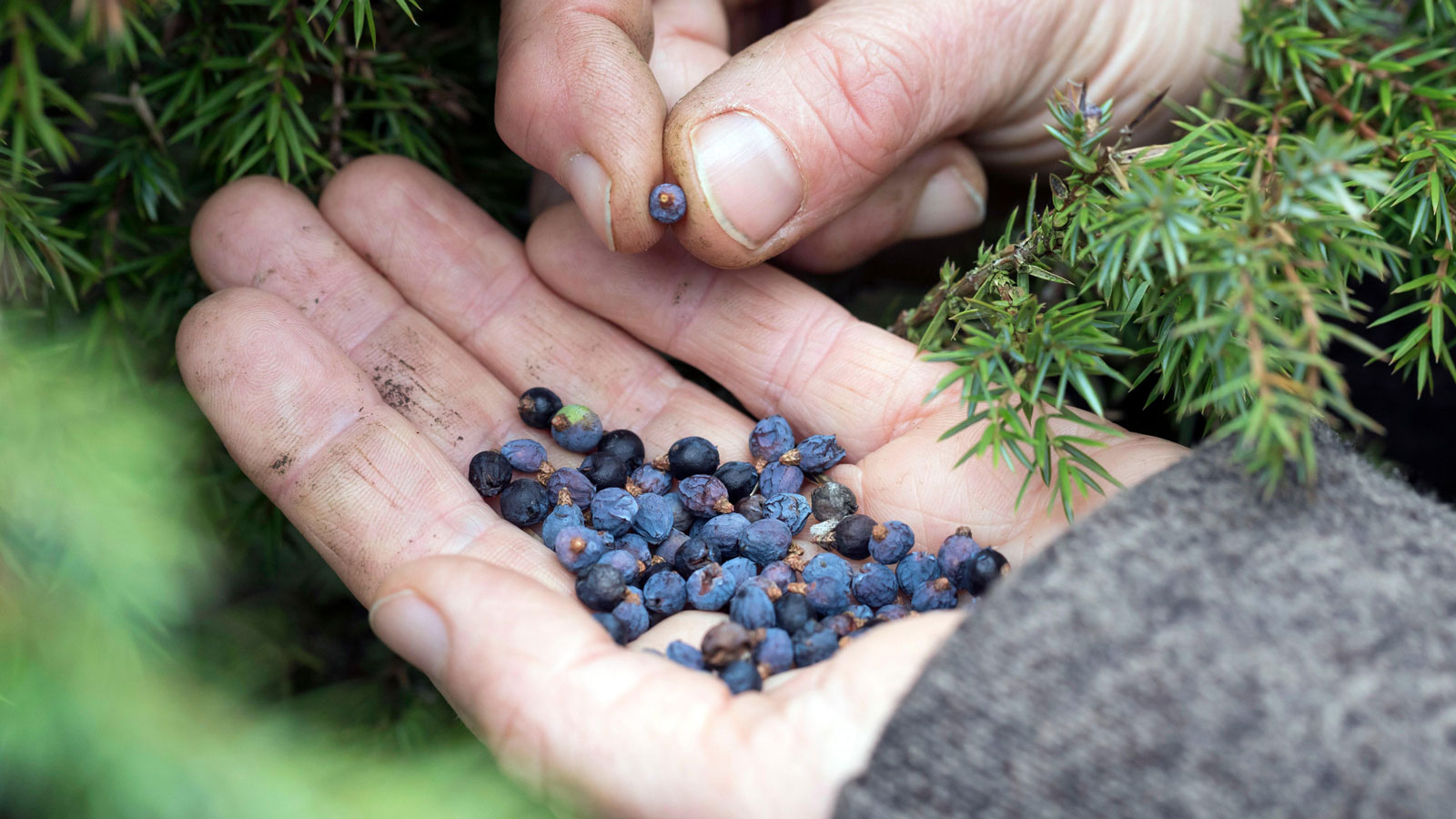

Many of us have an herb garden, but did you know you can forage for wild spice plants? Many native plants growing wild have been used for seasoning for centuries, but today much of the knowledge has been lost. Indigenous populations knew which plants tasted good, and how to flavor their meals. Still, for those of us looking to advance our botanical and culinary experience, foraging is a delightful way to boost our kitchen garden experience.
A little information on how to find wild spice is sure to add a dash of excitement to your next afternoon hike or stroll. This guide to the most easily sourced and tastiest native American spices will help you on the road to some interesting new taste sensations…
Selecting the Best Wild Spice Plants
Foraging is a popular pastime that combines food with a nice walk. This will often involve foraging for wild greens or mushrooms. However, spices native to North America are all around us and can easily be harvested to add a new dimension to our dishes. As with any foraging expedition, make sure you are on land that is not privately owned, only harvest what you need, don’t take the last plant in a site, and be sure the area has not been treated with chemicals. With that in mind, just grab your foraging backpack, and let’s go…
1. Wild Peppergrass
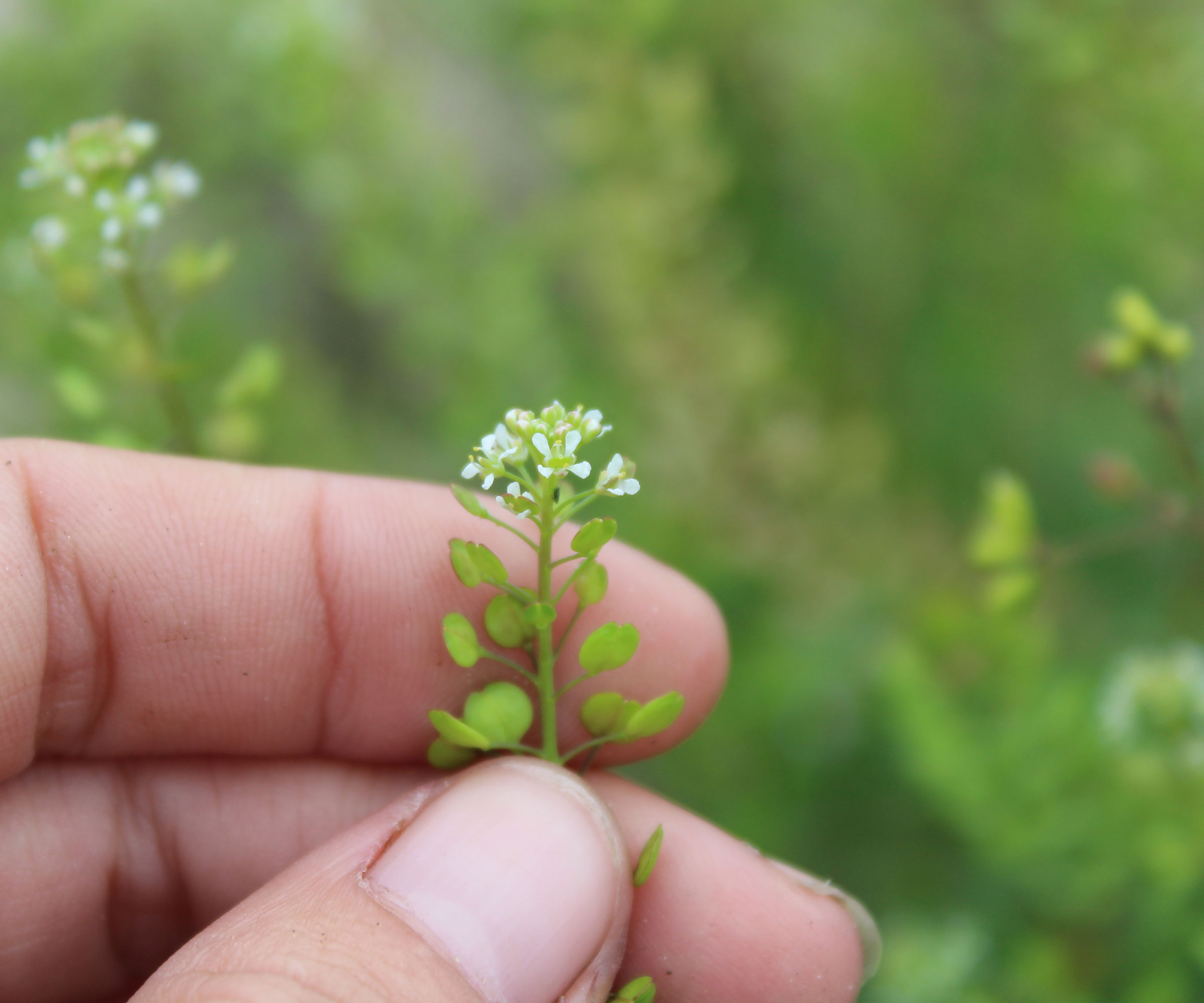
The common black pepper we use daily is not derived from a native North American plant. Black pepper is native to India while wild peppergrass is native to North America. Also called poor man’s pepper (Lepidium virginicum), the plant is a member of the mustard family. It takes a few seconds for the powerful spice to come through but when it does it packs a punch.
Both the foliage and seeds are edible. The leaves have a flavor similar to arugula, but the seeds are the zingiest part. The plant grows from a rosette up to 1ft (3m) high. It produces a raceme that resembles a bottle brush adorned with tiny white flowers. These develop into seed pods that are flattened with a notch on one side. The best time to harvest is when the pods are still green.
2. Sumac
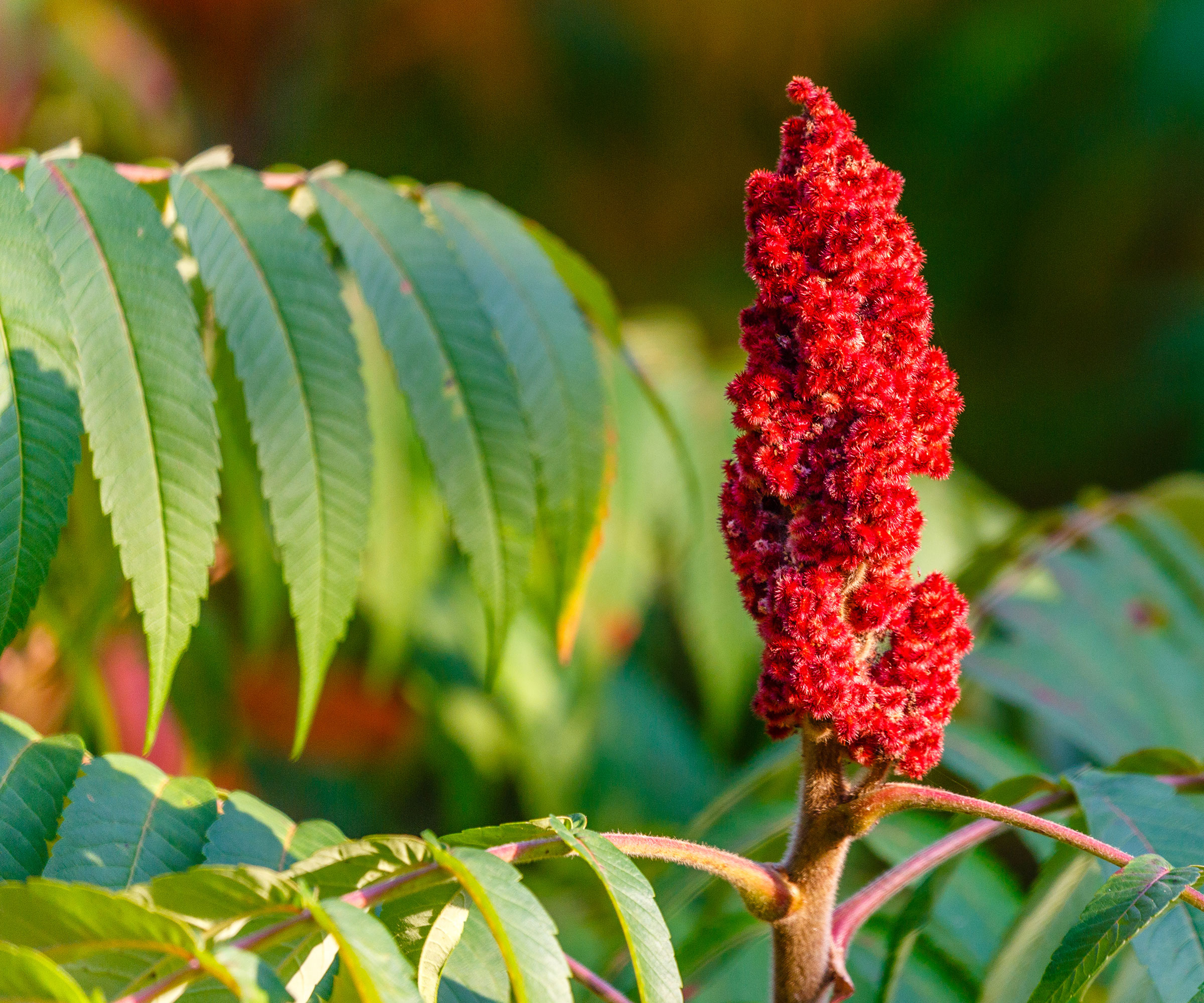
Sumac bushes or trees spring up in all sorts of areas. The plant can grow 20ft (6m) tall, but is usually half that height. The leaves are palmate and arranged as alternate leaflets. There is a poisonous sumac but it produces green or white berries. The edible sumac, Staghorn sumac, is easy to recognize due to its bright red, roughly cone-shaped flowers. These are fuzzy and contain individual berry-like fruits. The fruits of this plant (Rhus typhina) have a citrus flavor and scent. They are often used in Middle Eastern foods and may be made into a drink similar to lemonade. The tart, tangy taste will enhance many dishes.
3. Wild Bergamot
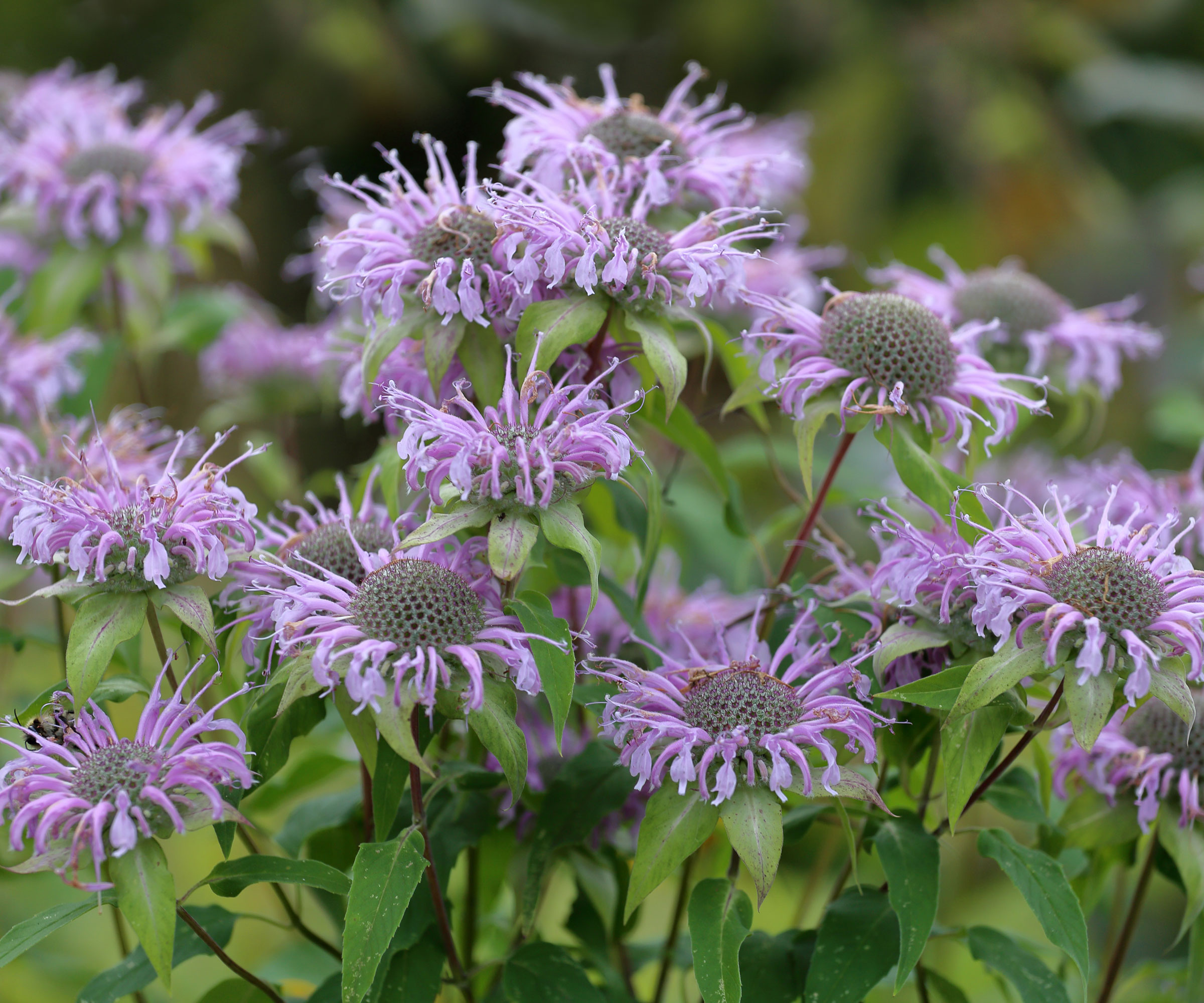
This plant (Monarda fistulosa) does not produce the tart fruits which a bergamot tree grows. It is also known as bee balm because the sap can soothe stings. The lance-shaped leaves are matte, and the bushy plant produces light purple, pink or white flowers with ragged petals and prominent sepals. The leaves may be used fresh or dried, and have a flavor similar to oregano.
Sign up for the Gardening Know How newsletter today and receive a free copy of our e-book "How to Grow Delicious Tomatoes".
4. Ramps
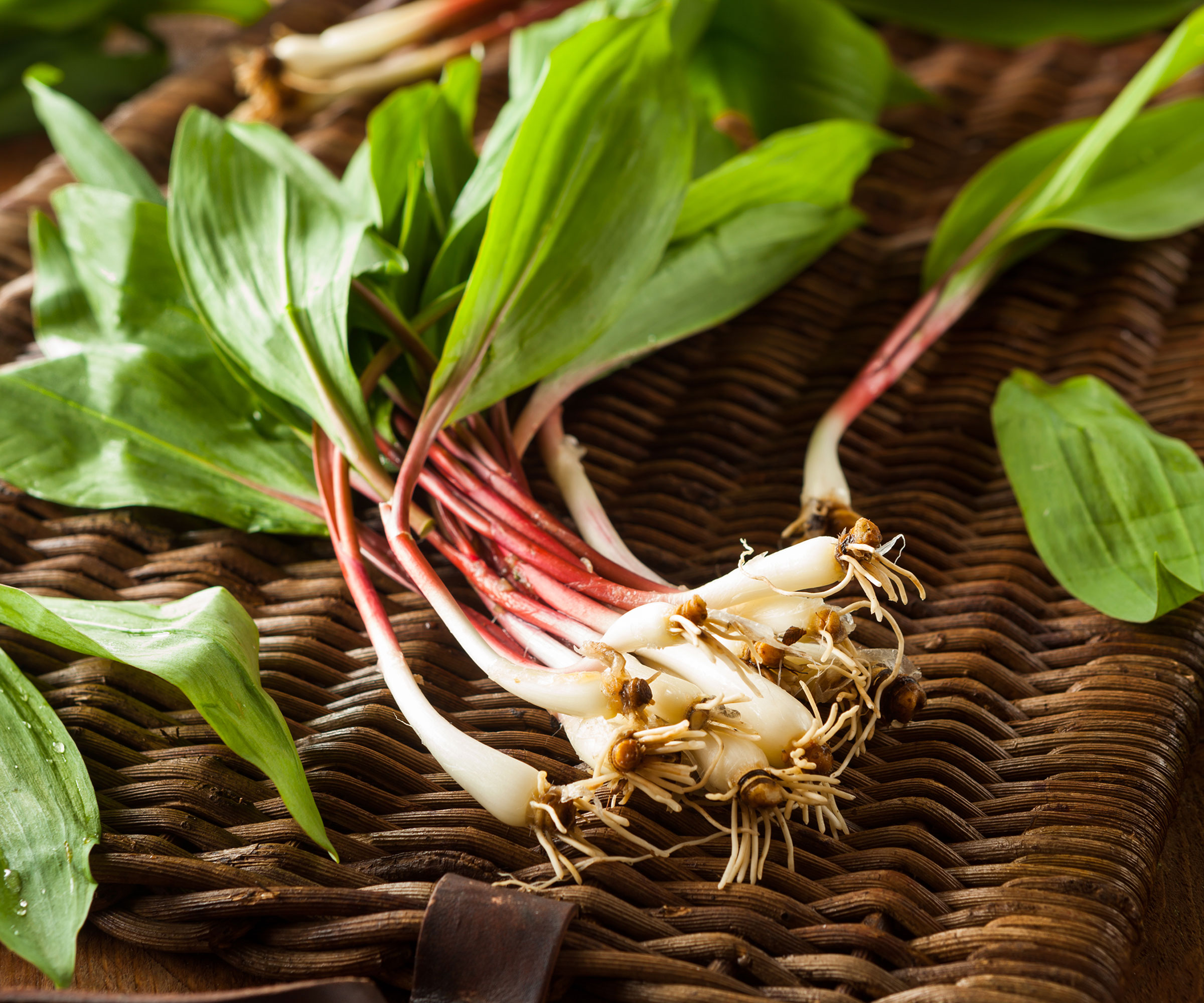
These are a spring delicacy, often found in seasonal fine dining cuisine. The young leaves are flattened, lance-shaped and spring from the ground in a cluster. If you pull the leaf stem of this spice (Allium tricoccum) from the ground, you will see a small white bulb. Both the leaf and bulb are edible and have a flavor like a cross between an onion and garlic. You can use ramps (also known as ramson) either raw or cooked, just as you would use our common allium bulbs.
5. Juniper Berries
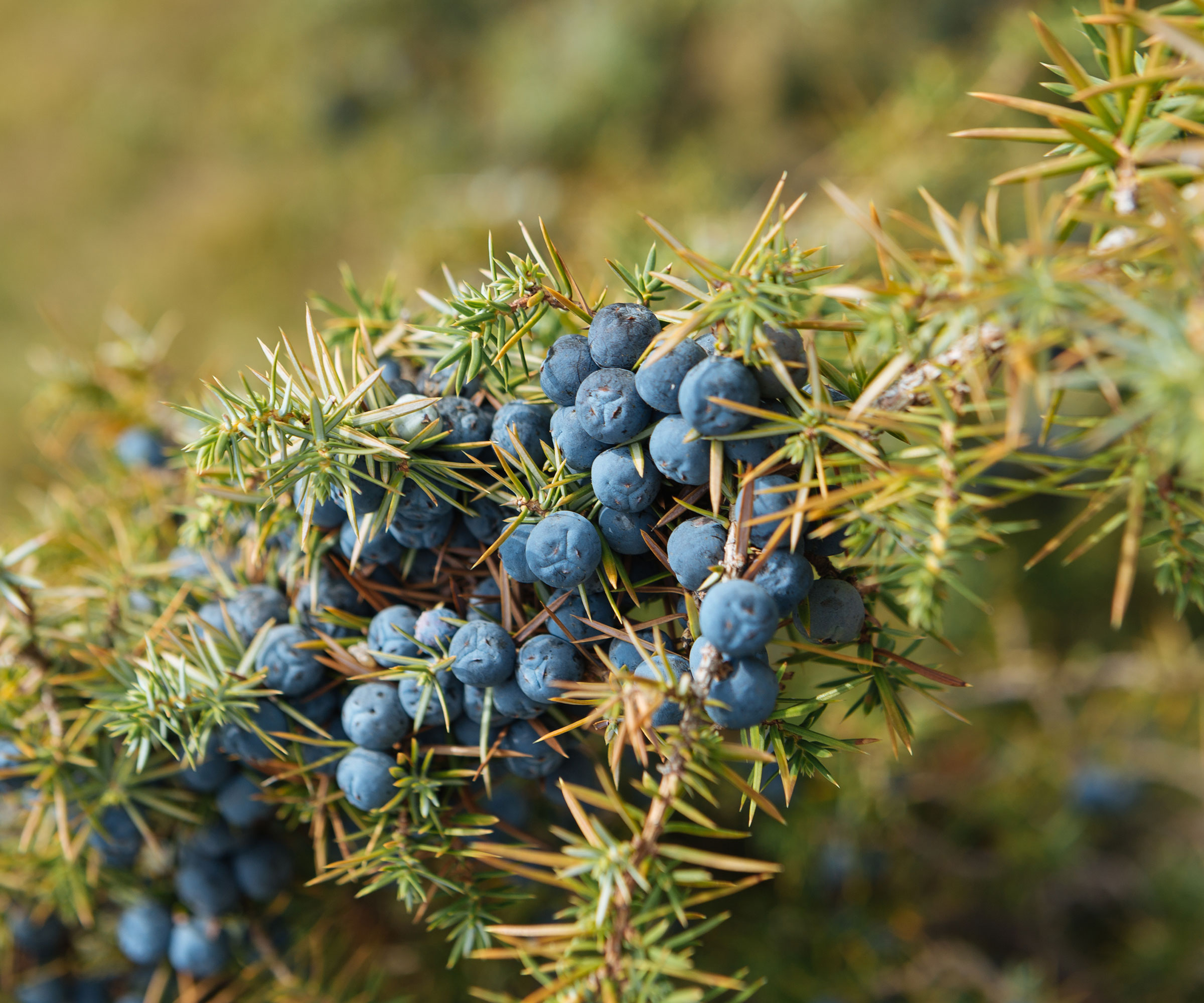
Amongst the classic spices native to North America, juniper berries come from the juniper bush. They are actually not berries at all, but the female seed cone from this evergreen tree or bush. You may find them dried in specialty supermarkets, or you can pick them yourself and dry them for later use. The thick skin gives them a long storage life. To harness the flavor, grind them up to release the citrusy, piney taste. The berries are often used to season wild game, and are excellent added to soups and stews in small quantities.
6. Virginia Pine Needles
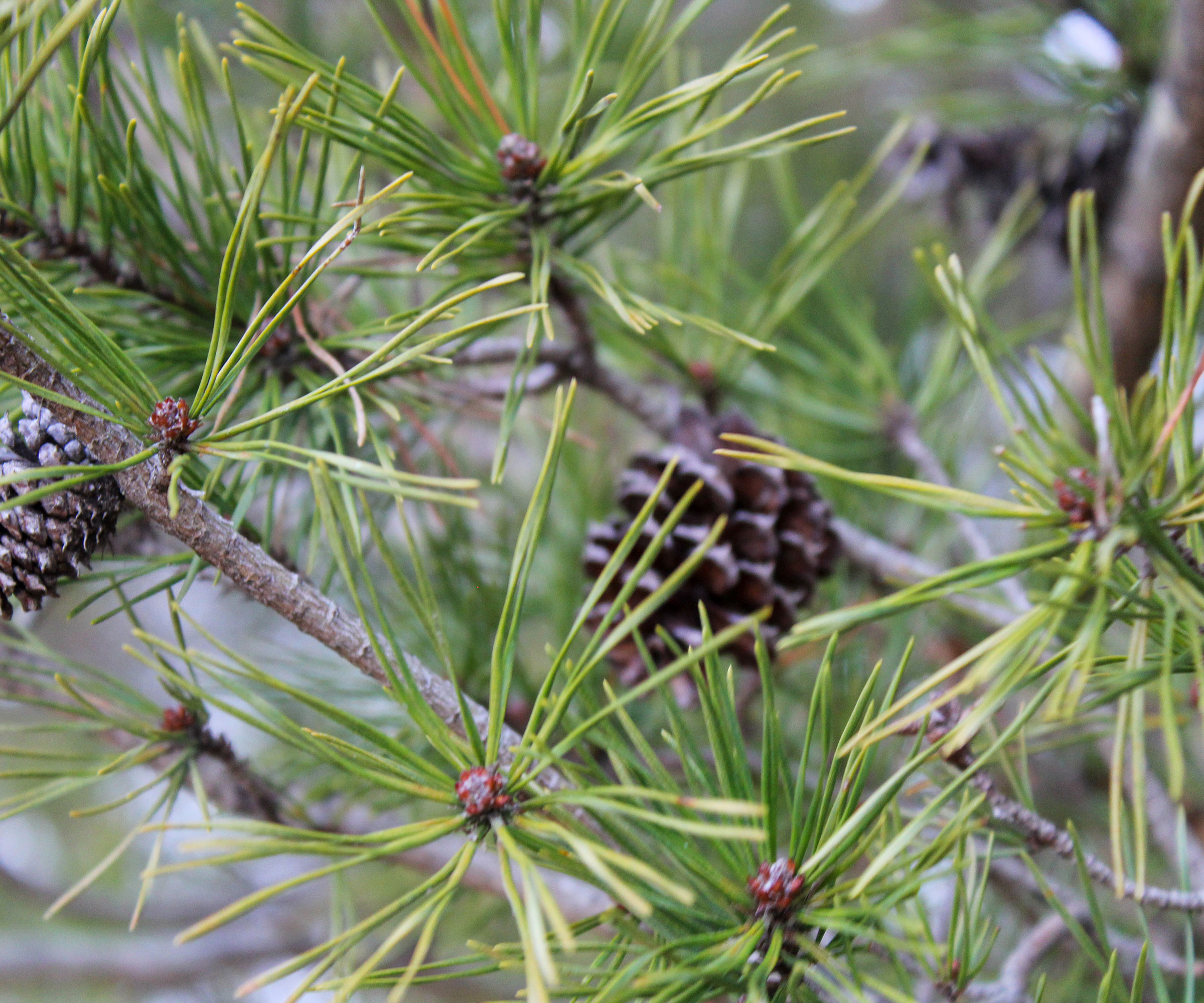
These species also come from an evergreen tree. The needles of Pinus virginiana are up to three inches (8cm) long, yellowish green, slightly twisted and very fragrant. They have a slight citrus flavor and can be used to make a delicious tea. Virginia pine needles are also used as a bed upon which to roast meat or chopped up as an herb. The buds of the plant can also be harvested for pollen to give a golden color to baked doughs.
7. Wood Sorrel
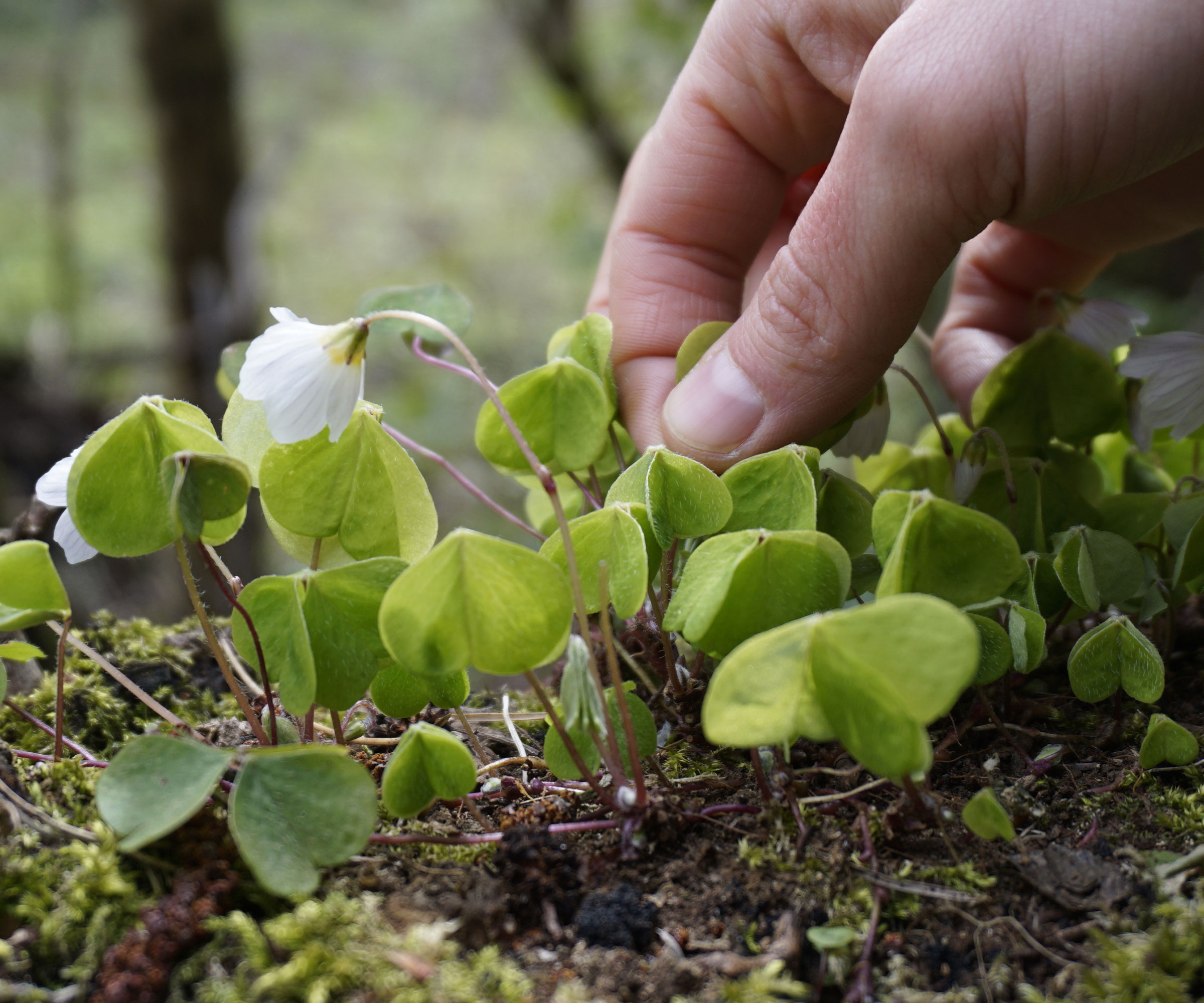
This herbaceous plant is found in open forests and fields. Wood sorrel looks like a clover, with three lobed leaves. It is a pervasive plant in spring and is considered a garden weed. But the leaves of Oxalis acetosella have a delightful citrus flavor either dried or fresh. This spice imparts a tangy freshness when sprinkled over fruit salad, or can be used when roasting fish or chicken.
8. Wild Mint
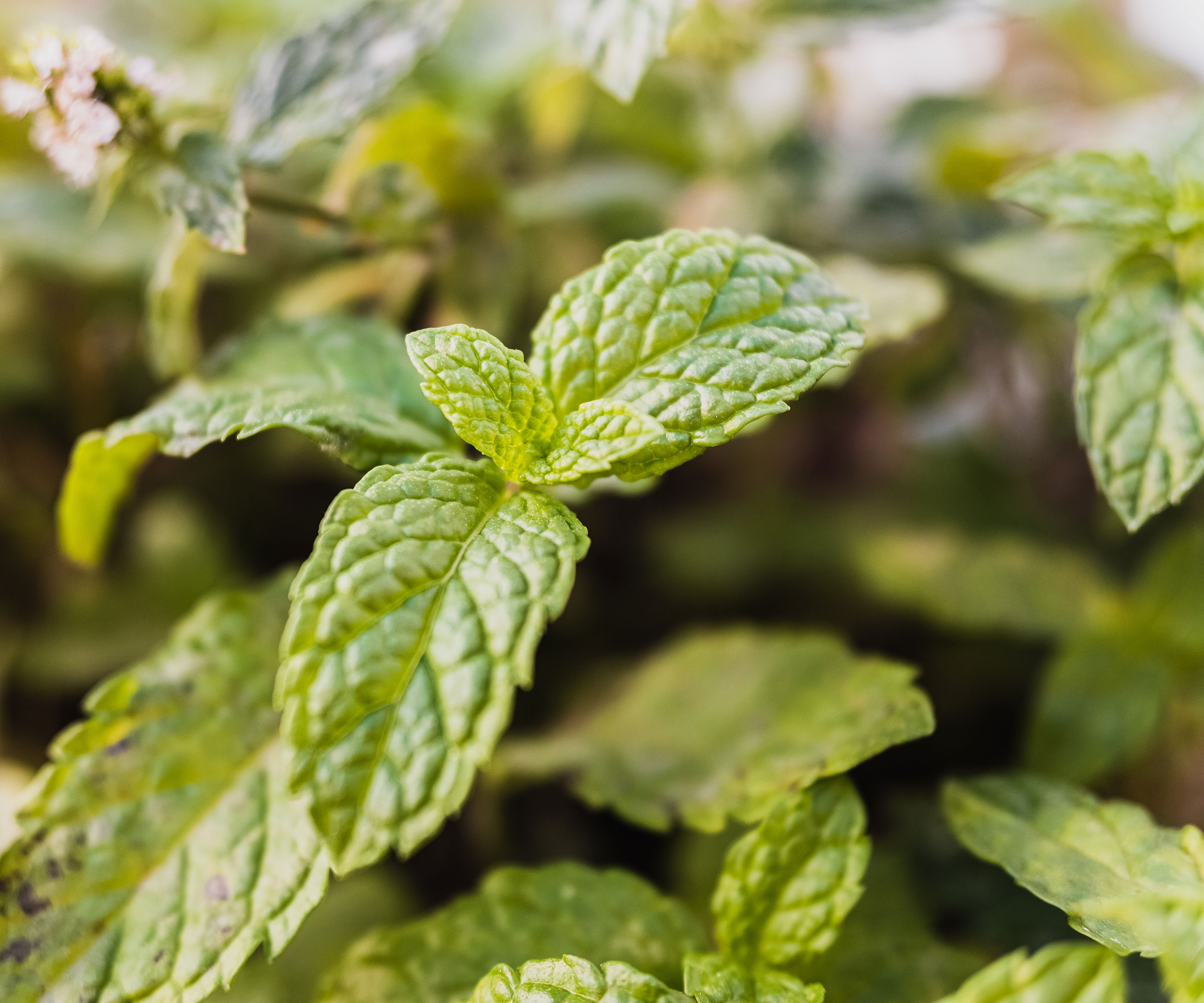
Plants in the mint family have characteristic square stems. Wild mint (Mentha arvensis) grows up to 18 inches (46cm) tall. The stems are firm with little bend and may be red to purple and covered in fine hairs. The leaves are elliptical, pointed and slightly serrated at the edge. Bruising a wild mint leaf will release the unmistakable scent of mint. Mint is wonderful with gamey meats, fruits, desserts and other dishes.
9. Wild Ginger
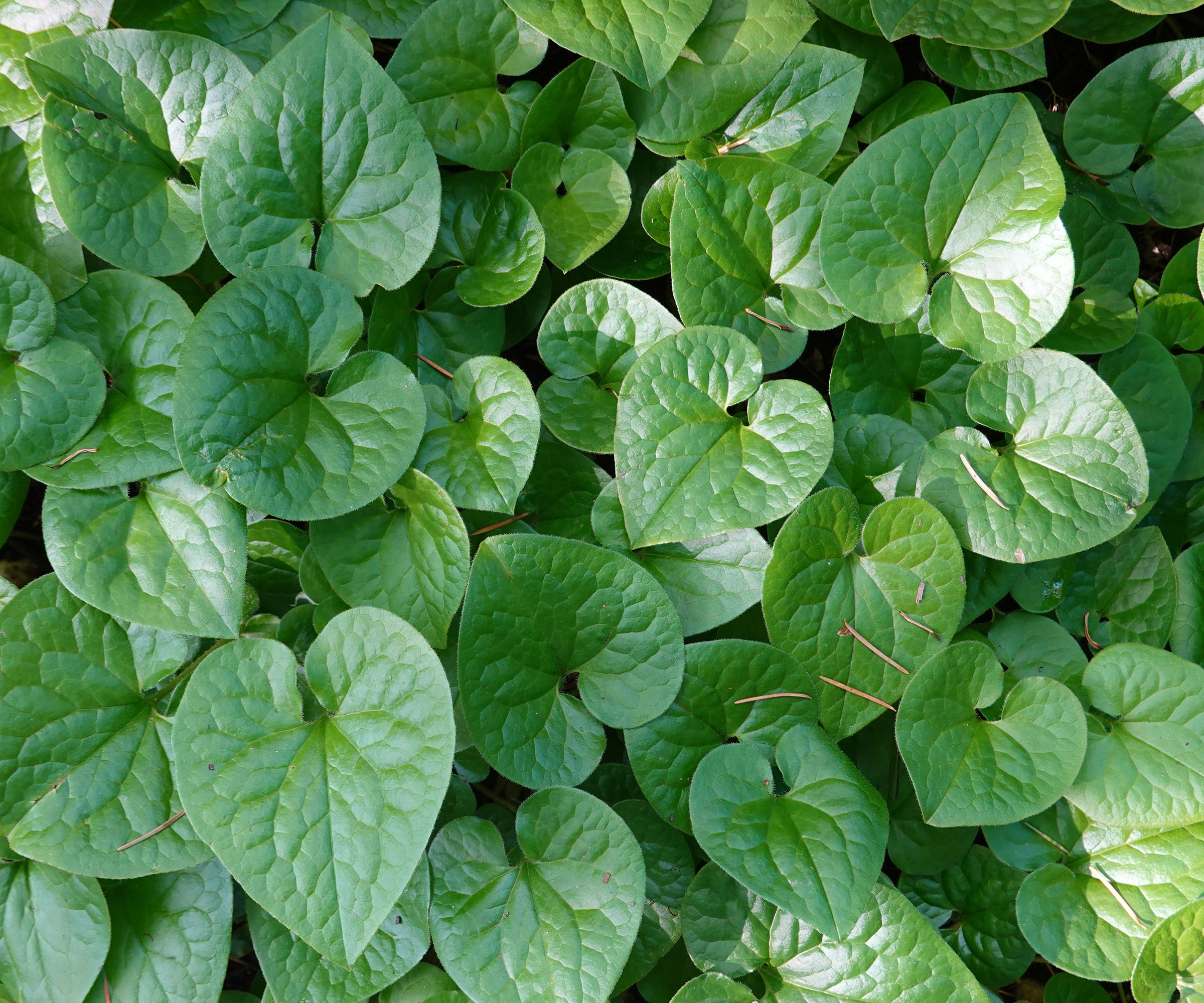
Wild ginger is common in the eastern part of the United States. It is found in rich soil in shaded, deciduous forests. With green, slightly hairy, heart-shaped leaves, this distinctive spice produces deep purple flowers in spring. Wild ginger (Asarum canadense) is sweetly spicy, and you can harvest the roots to use dried or fresh.

Bonnie Grant is a professional landscaper with a Certification in Urban Gardening. She has been gardening and writing for 15 years. A former professional chef, she has a passion for edible landscaping.